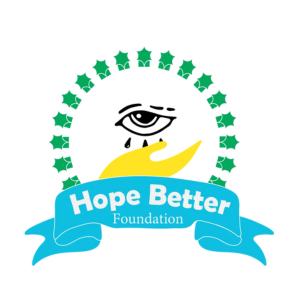
There are many variations of passages of Lorem Ipsum available, but the majority have suffered alteration in some form, by injected humour, or randomised words which don’t look even slightly believable. If you are going to use a passage of Lorem Ipsum, you need to be sure there isn’t anything embarrassing hidden in the middle of text. All the Lor
We are many variations of passages of Lorem Ipsum available, but the majority have suffered alteration in some form, by injected humour, or randomised words which don’t look even slightly believable. If you are going to use a passage.
Coin of Goat Farming
-
 Goat farming offers a sustainable source of income for families, contributing to their economic stability and resilience.
Goat farming offers a sustainable source of income for families, contributing to their economic stability and resilience.
-
 Compared to other livestock, goats require minimal initial investment and maintenance costs while yielding significant returns through the sale of milk, meat, and offspring.
Compared to other livestock, goats require minimal initial investment and maintenance costs while yielding significant returns through the sale of milk, meat, and offspring.
-
 Goats provide various products such as milk, meat, skin, and fiber, allowing farmers to diversify their income streams and capitalize on multiple markets.
Goats provide various products such as milk, meat, skin, and fiber, allowing farmers to diversify their income streams and capitalize on multiple markets.
-
 oats are well-suited to diverse environmental conditions and can thrive in arid and marginal lands where other livestock may struggle, making them an ideal choice for resource-constrained regions.
oats are well-suited to diverse environmental conditions and can thrive in arid and marginal lands where other livestock may struggle, making them an ideal choice for resource-constrained regions.
Coin of Poor help Service:
-
 Goat farming utilizes land efficiently as goats can graze on marginal vegetation and browse on shrubs, reducing the need for extensive pastureland.
Goat farming utilizes land efficiently as goats can graze on marginal vegetation and browse on shrubs, reducing the need for extensive pastureland.
-
 Goats have a short gestation period and can produce multiple offspring, facilitating rapid herd expansion and increased productivity.
Goats have a short gestation period and can produce multiple offspring, facilitating rapid herd expansion and increased productivity.
-
 Goat milk and meat are rich in essential nutrients and are highly digestible, making them valuable dietary staples, especially in regions with nutritional deficiencies.
Goat milk and meat are rich in essential nutrients and are highly digestible, making them valuable dietary staples, especially in regions with nutritional deficiencies.
-
 Goat farming promotes sustainable land management practices by reducing vegetation overgrowth and minimizing the risk of wildfires, thereby contributing to environmental conservation efforts.
Goat farming promotes sustainable land management practices by reducing vegetation overgrowth and minimizing the risk of wildfires, thereby contributing to environmental conservation efforts.
How does Hope Better select families to participate in the goat farming program?
Families are chosen based on their socio-economic status and need for assistance. We prioritize those facing financial hardship and lacking access to sustainable livelihood opportunities.
01
What support and resources are provided to families once they receive a goat?
We offer comprehensive training in goat care, including feeding, grooming, and basic veterinary skills. Additionally, ongoing guidance and support are provided to ensure the well-being of both the families and the goats.
02
How do families benefit economically from goat farming?
Families can generate income by selling goat milk, offspring, and other goat byproducts. This additional revenue stream contributes to their financial stability and empowerment.
03
What measures are in place to ensure the welfare of the goats?
We conduct regular visits to monitor the health and living conditions of the goats. Proper nutrition, veterinary care, and a safe environment are essential components of our commitment to animal welfare.
04
How does the program promote community involvement and cooperation?
Participating families often collaborate and share knowledge and resources, fostering a sense of solidarity within the community. Additionally, the distribution of goat offspring to new families further strengthens community bonds.
05
How can individuals contribute to or support the goat farming initiative?
Individuals can contribute by making donations to fund the program, volunteering their time and expertise to assist with goat care or program administration, or spreading awareness about the initiative through social media and word of mouth. Every contribution, no matter how small, makes a significant impact on the success of the program.
06

